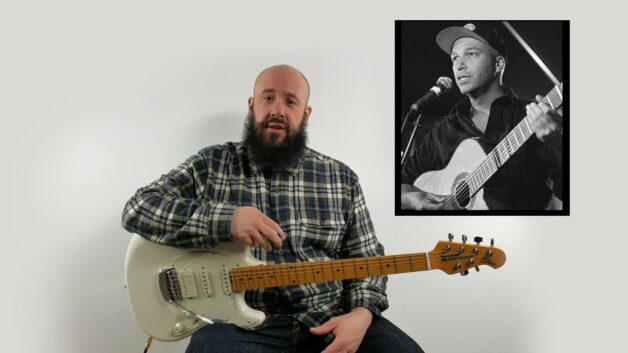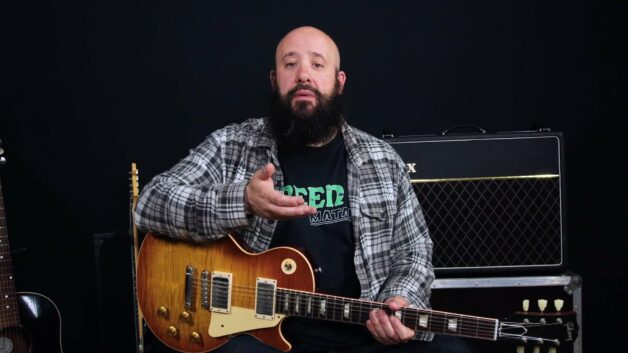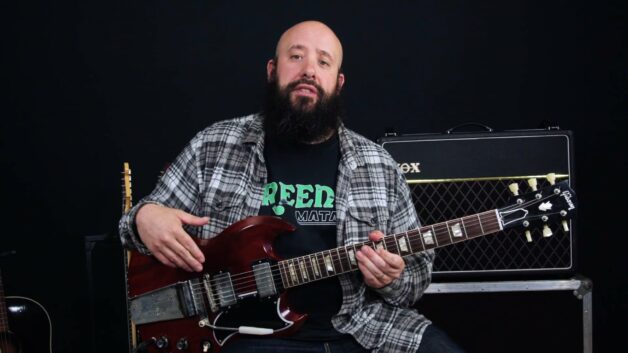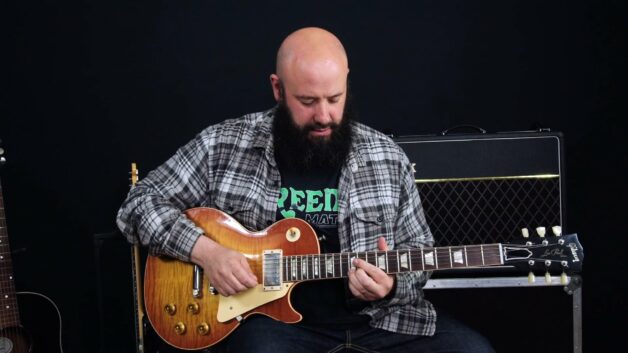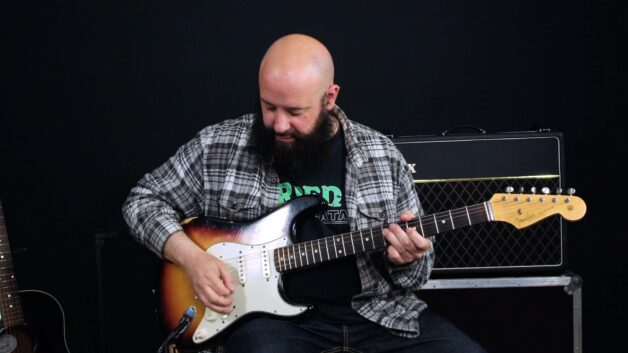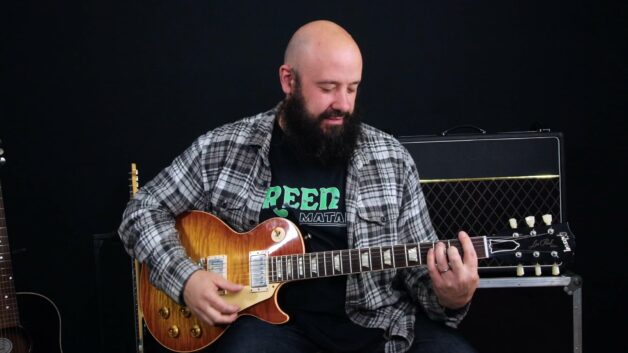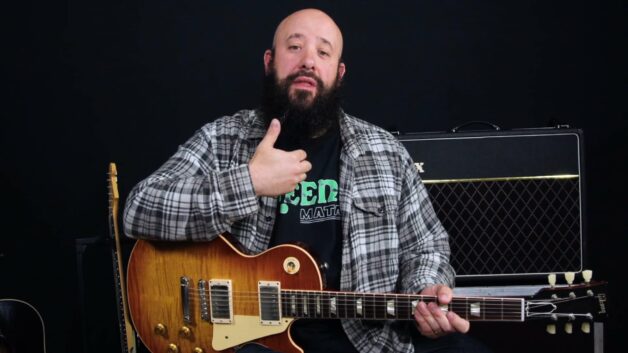How to Achieve Tom Morello’s Guitar Sound as a Beginner
If you’ve ever found yourself marveling at the raw power and unique tone behind Rage Against The Machine songs like “Killing in the Name Of,” you’re certainly not alone. Guitarists often get hooked by the distinctive Tom Morello guitar sound, a blend of aggression, innovation, and surprisingly accessible techniques. Understanding what makes Morello’s style so distinct can significantly boost your own guitar-playing skills, even at the beginner stage.
Key Takeaways:
- Tom Morello favors the neck pickup, creating a unique, warmer tone.
- A Marshall JCM800-style distortion forms the backbone of his sound.
- Signature effects include flanger and whammy pedals.
Breaking Down Tom Morello’s Signature Sound
One unexpected detail beginners often miss about Morello is his preference for the neck pickup. Typically, guitarists lean heavily on the bridge pickup for sharper, clearer riffs. However, Morello’s unconventional choice creates a warmer, thicker tone. This warmer tone, paired with an aggressive playing style helps his riffs stand out distinctly from more traditional rock sounds.
A quick tip for beginners: When practicing riffs using the neck pickup, pay careful attention to your picking strength. It’s easy to either overpower the note or lose definition completely. Adjusting your pick attack can help you discover the sweet spot that makes the riff sound full yet clear.
Essential Gear and Tone Settings to Sound Like Tom Morello
A big part of Morello’s legendary sound comes from his Marshall JCM800 amplifier. However, beginner guitarists probably don’t have immediate access to vintage Marshall amps. Thankfully, pedals like the Way Huge Super Lead can emulate a similar overdrive.
When dialing in your distortion, start with the drive set high (around the 2-3 o’clock position) to compensate for the natural low output of the neck pickup. Tone settings should lean slightly brighter (around noon to slightly past), helping maintain clarity without sounding overly harsh.
An informal heads-up: don’t get overly attached to exact pedal settings initially. Guitar tones often require personal tweaking based on your specific guitar and amp combo.
Navigating Effects: Flangers, Whammies, and All That Jazz
Tom Morello isn’t shy about using effects. The intro to “Killing in the Name Of” showcases a distinct flanger effect, which beginners can approximate with an MXR Phase 90 pedal. Set this pedal to a slow speed for that iconic, rhythmic pulsation.
Additionally, Morello’s solos often highlight his legendary whammy pedal usage famously soaring two octaves up. Whammy pedals can be tricky for beginners, though. Common pitfalls include losing tuning stability or unintentionally overusing the pedal, causing notes to feel unnatural. Practice moderation and accuracy, perhaps starting with slower solos from simpler songs before diving straight into Morello’s lightning-fast riffs.
Practical Tips for Beginners
- Experiment with drop-D tuning (used by Morello) to unlock heavier-sounding riffs.
- Adjust your picking technique to match Morello’s aggressive but controlled style.
- Start with simpler riffs or solos before tackling complex effects-heavy sections.
Before investing heavily in gear, remember that mastering guitar tone is just as much about technique as equipment. Regular practice and patience can often produce better results than an expensive pedalboard alone. Keep exploring, and soon you’ll find your own version of the Tom Morello guitar sound emerging naturally.
